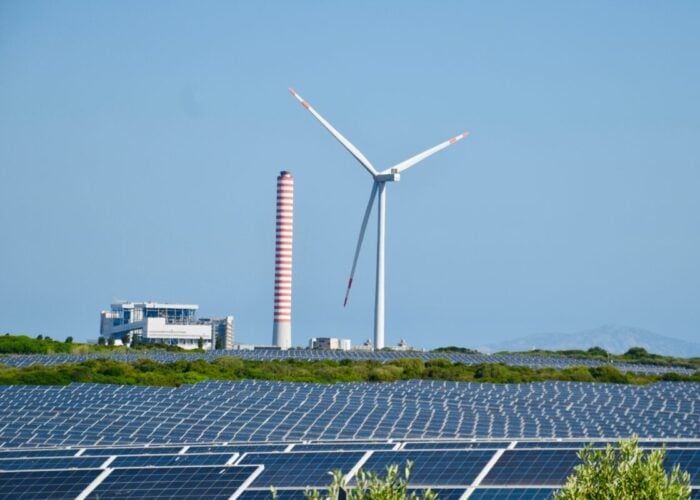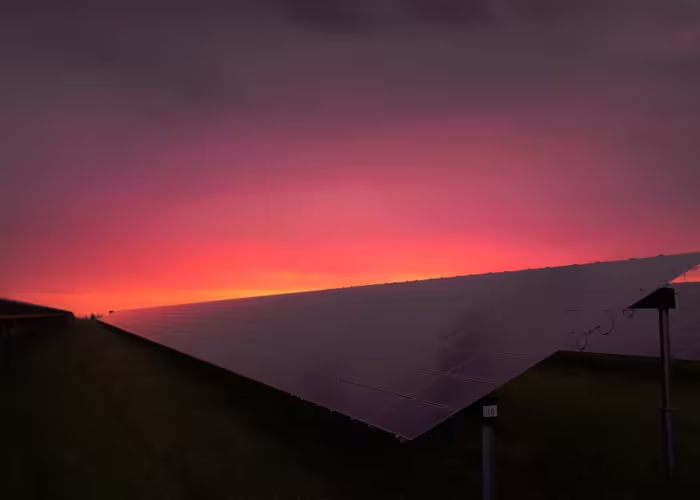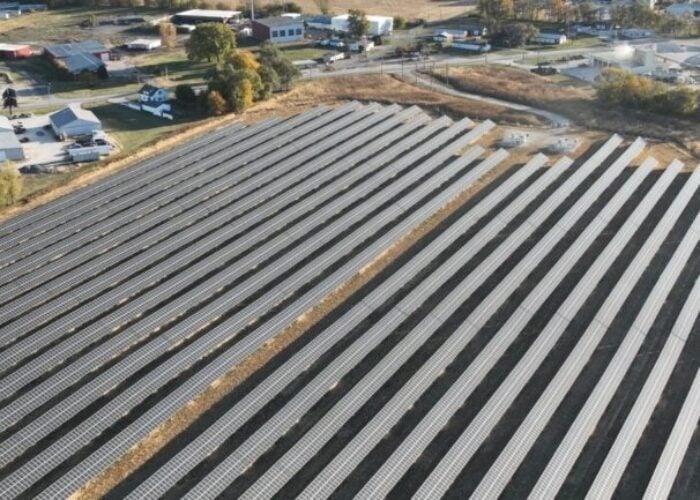One international developer of utility-scale PV projects says that proposed changes to Japan’s feed-in tariff (FiT) will not adversely affect business over the next two years, but certain aspects of those changes will be “challenging” to cope with.
PV Tech spoke to Conergy’s president for the Middle East and Asia, Alexander Lenz, in the wake of changes to the FiT proposed by Japan’s Ministry of Economy, Trade and Industry (METI) at the end of 2014 and expected for adoption by April this year.
Try Premium for just $1
- Full premium access for the first month at only $1
- Converts to an annual rate after 30 days unless cancelled
- Cancel anytime during the trial period
Premium Benefits
- Expert industry analysis and interviews
- Digital access to PV Tech Power journal
- Exclusive event discounts
Or get the full Premium subscription right away
Or continue reading this article for free
Changes include a greater freedom for utilities to suspend purchase of electricity from solar power plants at certain times and for longer periods, while PV plant owners will be given a shorter notice period when these “output control” measures are necessary. Meanwhile a panel had met to discuss the recent suspension of grid connection approvals by about half of Japan’s utility companies, which in Japan’s vertically integrated model of ownership are also responsible for the grid itself. The panel, “working group on grid connection”, had calculated that around 51GW of PV could be accommodated into the grid network as it is, while approximately 17GW of a total 65GW+ of approvals would not.
Recent conversations with industry figures in Japan appear to have revealed a broad consensus that while some changes are required to prevent the nation’s solar development reaching a “bubble” or “boom-to-bust” scenario, some of the proposed changes are expected to hit harder than others.
Conergy entered the Japanese market in 2013, when it opened a Tokyo office, acting primarily as a developer of utility-scale projects. With experience in key PV markets including Germany and latterly in Asian countries including Thailand, PV Tech asked Lenz if the FiT changes and grid connection issue had or is expected to have, a negative impact on the company’s business in Japan.
“First of all we believe it won’t have a negative impact in the coming two years, because all the main market research which we had access to incorporated certain restrictions on the grid side and on the connection side already. There are still a lot of good projects out there which haven’t been built yet,” Lenz said.
“We believe there are still enough projects out there, in a nutshell.”
Lenz did say however that the proposed changes would add an extra level of due diligence. One thing in particular which Lenz said added a serious challenge to developers in general, and was likely to be a barrier to the development of some projects, was a new rule regarding equipment accreditation – vital to receiving FiT approval. Not only must PV projects in Japan use equipment from an approved list of suppliers and models, but once the FiT changes are in place it will also be difficult to change suppliers after approval has been granted.
“What is really awkward is that no components can be changed anymore. In the past it was possible, you could just hand in a change request to METI and it’s usually granted. We’re talking about modules and inverters, two components that first of all are among the most expensive in the project in terms of capital expenditure, but also the two [components] which can have a very distinctive impact on the performance of the project,” Lenz said.
“Now we have one [new] rule which says that after January, it’s not possible any more to change your components, or if you want to do that you have to go down to the current or actual FiT. So it can be changed, but you might lose your FiT – it might go down from ¥36 (US$0.3) to ¥32 or ¥28, or whatever is valid at that time.”
Yet Lenz emphasised that it was positive that proposed changes would not be applied retroactively, as has happened in several European markets. Lenz said that the decision to only implement the changes going forward was “very important to keep investor confidence stable”.
This morning however, reports emerged from Japanese news outlets, including national paper Nikkei’s website, Technology Online, that discussions are under way at METI to lower the available FiT rates for utility-scale projects by July 2015 further than the expected annual degression of the tariff.
Lenz’s comments also came in the week after the government led by Shinzo Abe approved Japan’s budget for the coming year, to include some ¥130.7 billion (US$1.12 billion) toward the development of renewable energies. This is expected to include around ¥4.4 billion for cost reduction programmes for PV. Subsidies are expected to be rolled out for energy efficiency and energy storage technologies at the commercial and small business level, which will include further exploration of hydrogen fuel cell technology and zero energy buildings.
Despite this, the government also appears still to be keen to press ahead with the controversial nuclear restart. A proposed ¥12.2 billion will be spent on subsidising nuclear safety measures at the local level, while ¥17 billion will be spent on the maintenance of one prototype nuclear reactor. Industry sources say they have heard that two, possibly three reactors are expected to come back online in Japan this year.





